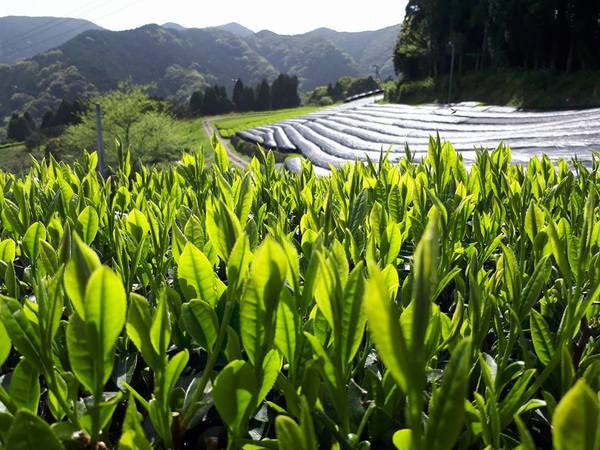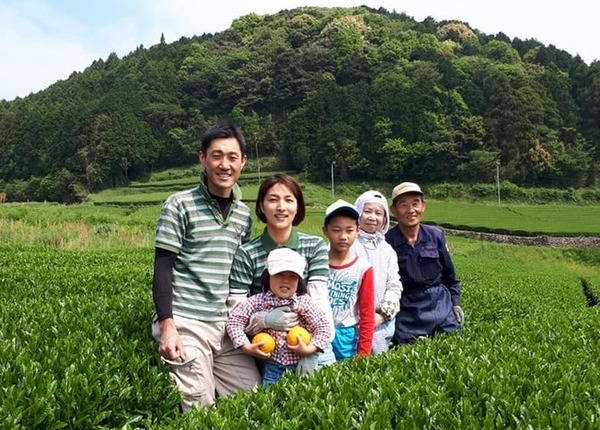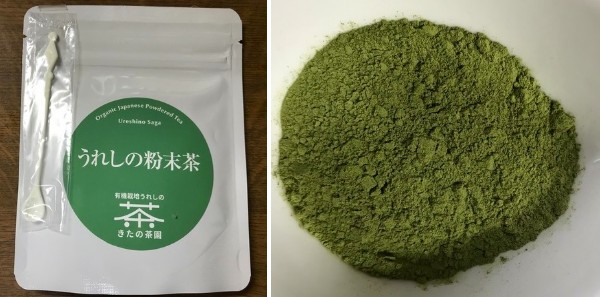Ureshino in Saga Prefecture is the 4th largest producer of green tea incl. organic in Japan. This region has a long history in Japanese tea cultivation.
The founder of Rinzai sect sowed tea tree seeds brought back from China in 1192, and started the cultivation in the temple in Sefuri mountains in Saga prefecture. This was the beginning of the cultivation of tea in Japan.
It is said that in the early 16th century the Ming potters who came from Hirado started to cultivate tea trees in the Fudoyama valley in Ureshino.

Kitano Tea Farm in Ureshino, Saga Prefecture
Born in Ureshino City, Mr. Kitano, the son of a tea farming family for generations has continued pursuing a truly delicious tea by organic cultivation for nearly 30 years with trial and error. Today, all the family members are engaged in making tea with the Organic JAS label.

Mr. Kitano’s characteristic of tea is that it is produced with home-made natural fertilizer applied about 10 times a year. This is one major reason for the quality and deliciousness of Mr. Kitano’s tea.
It is fermented and aged with 520 kinds of additives and useful bacteria, such as sugar starch syrup made by fermenting glutinous rice used for castella cake with malt and Okara rice bran.
Since no chemical fertilizer is used, Kitano’s tea has no astringency, it is pale with soft and refreshing taste.
The tea can be prepared from leaves or powder. Tea from powder prevents common cold and is also perfect for drinking instead of water in the hot season.
 How to prepare powder tea
How to prepare powder tea
Put 250 ml cold water in a 500 ml plastic bottle, and add 2 teaspoons of powder tea. Shake the bottle well, then add water until it is full and ready to drink.
Besides “Inochi no Yume”, the top grade of Japanese tea “Saemidori” which tastes like natural Gyokuro, the Kitano Farm produces Sencha, Hojicha, black tea and other teas which can also be ordered from their website.
Company information
Official HP: http://kitanochaen.com/
Source: Summary translation of a Japanese article by Mitsuyo Nakamura in May 2018.




